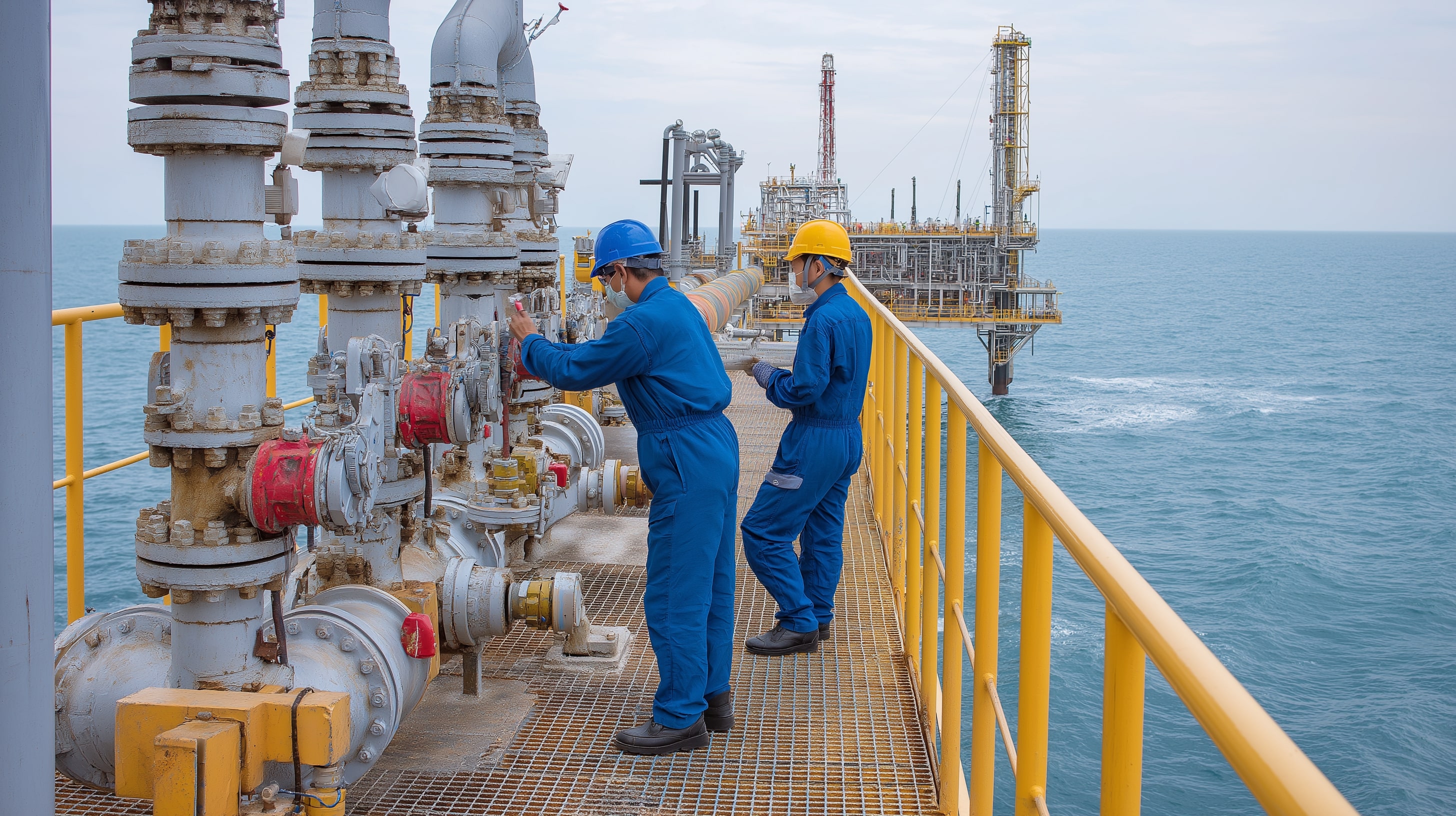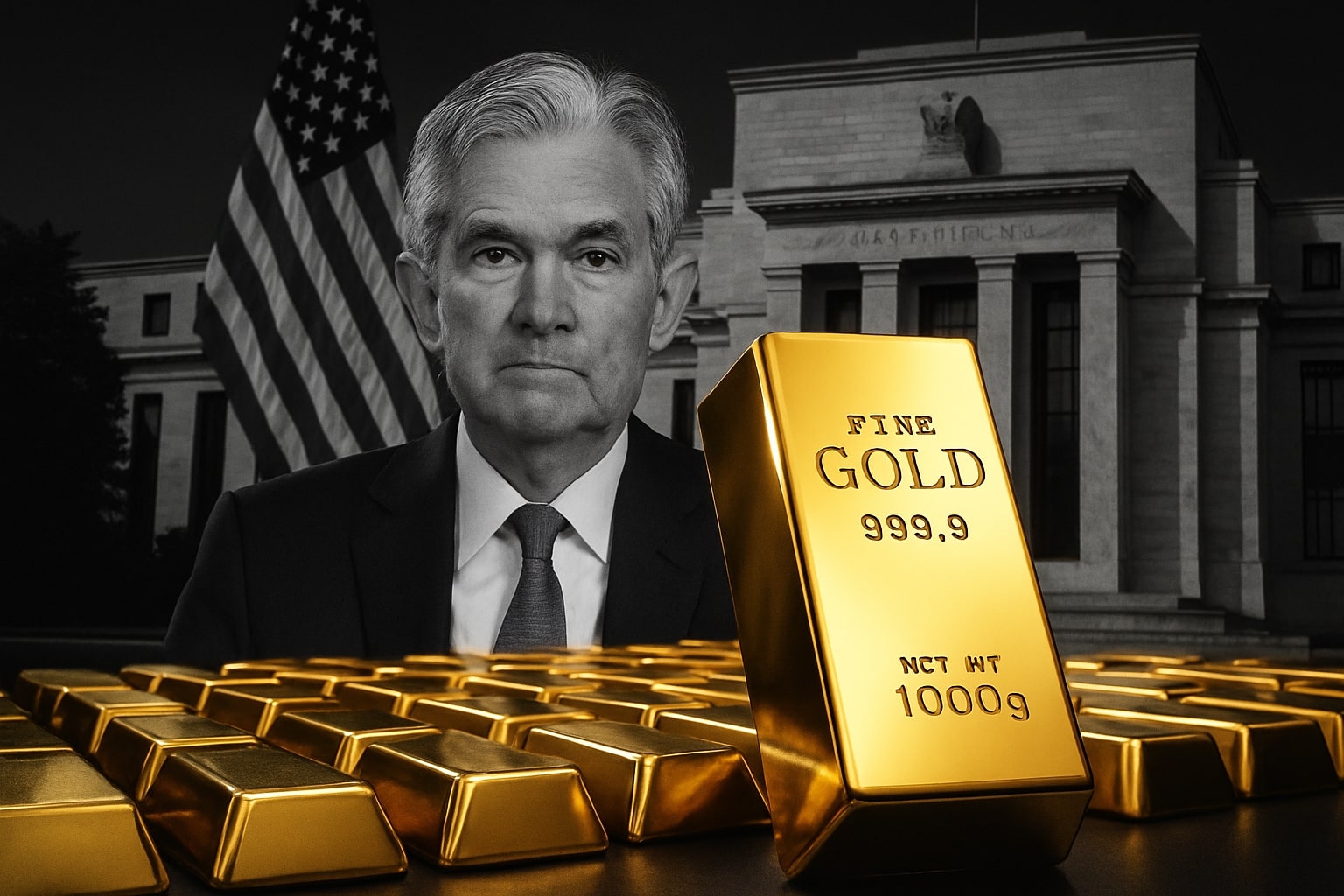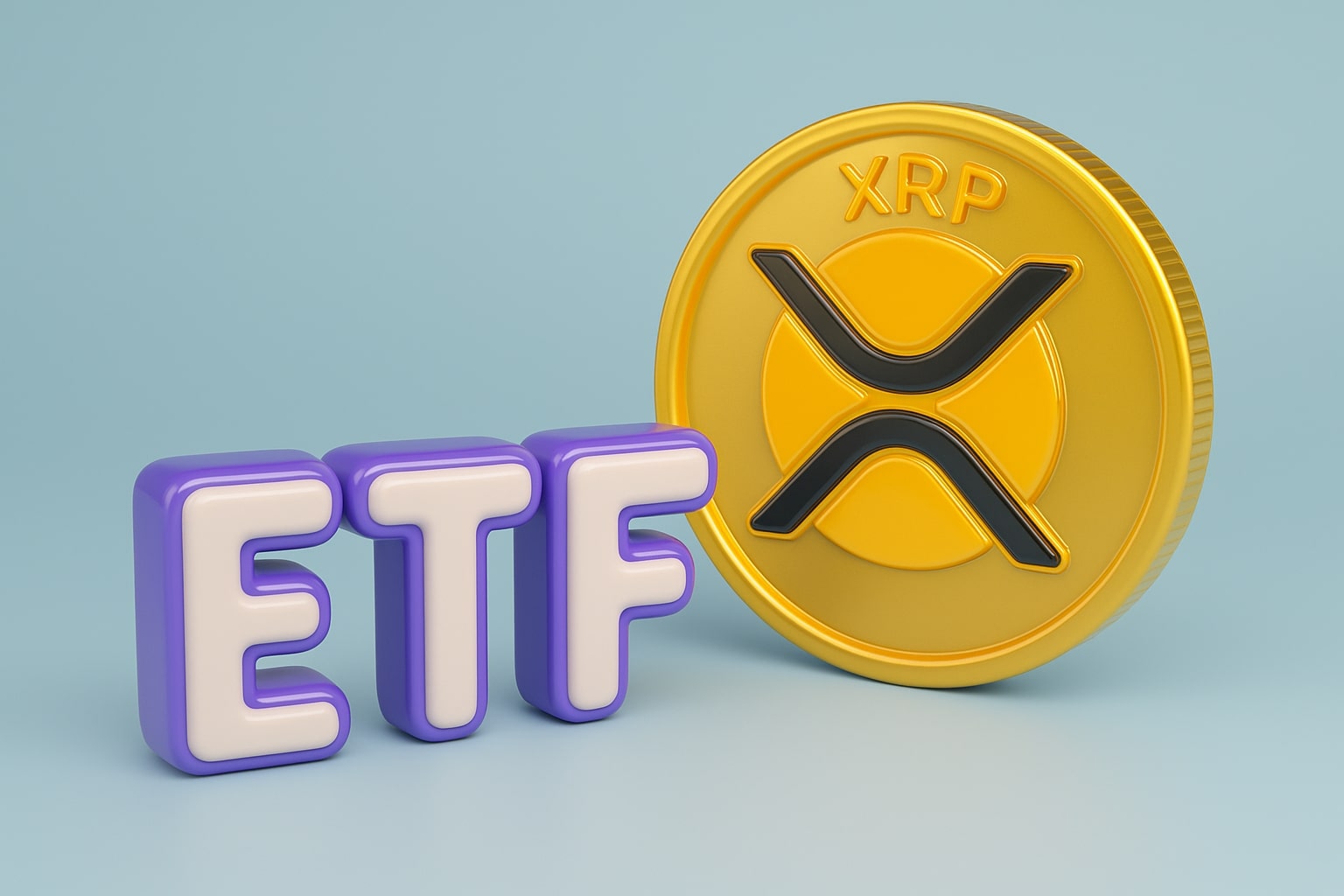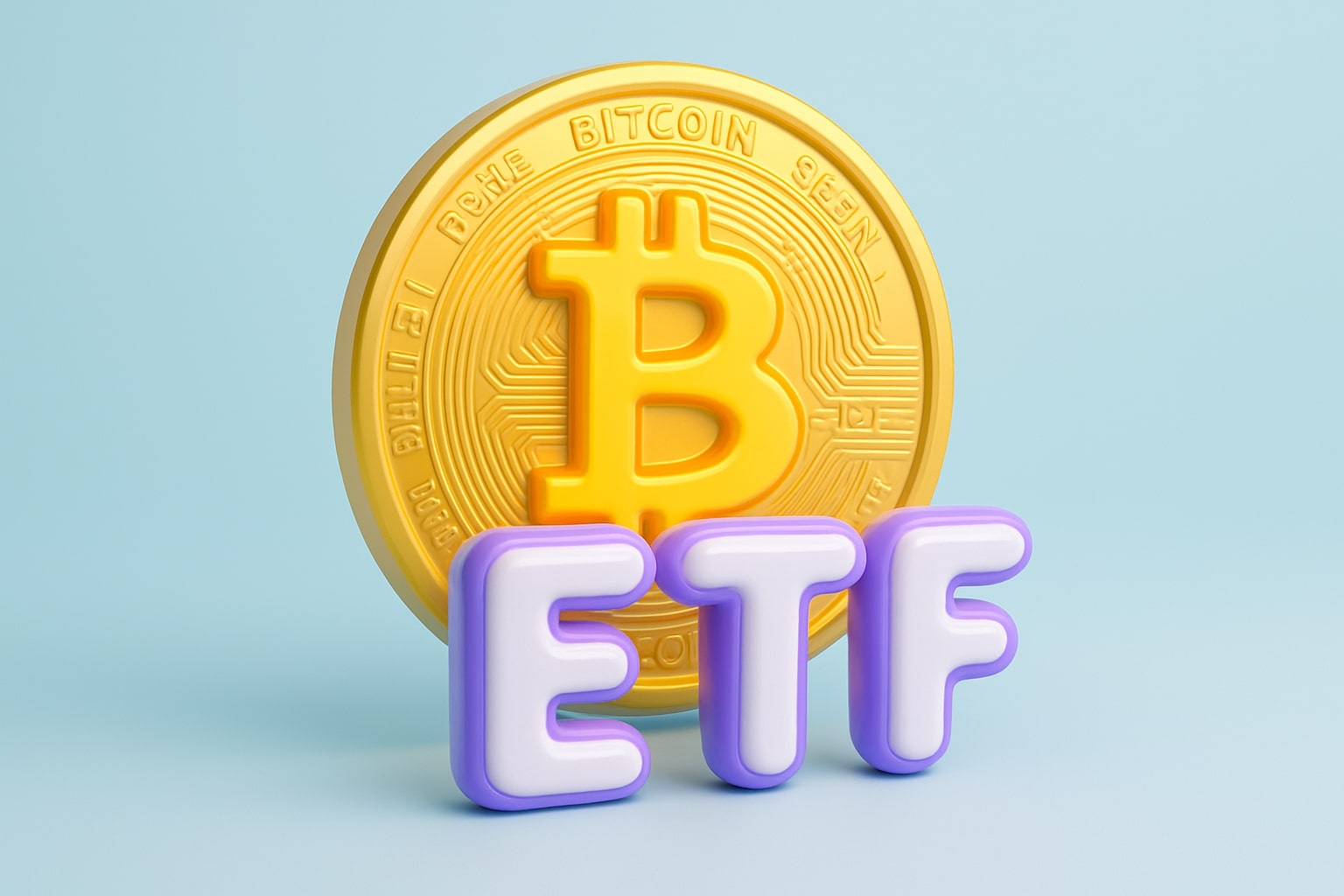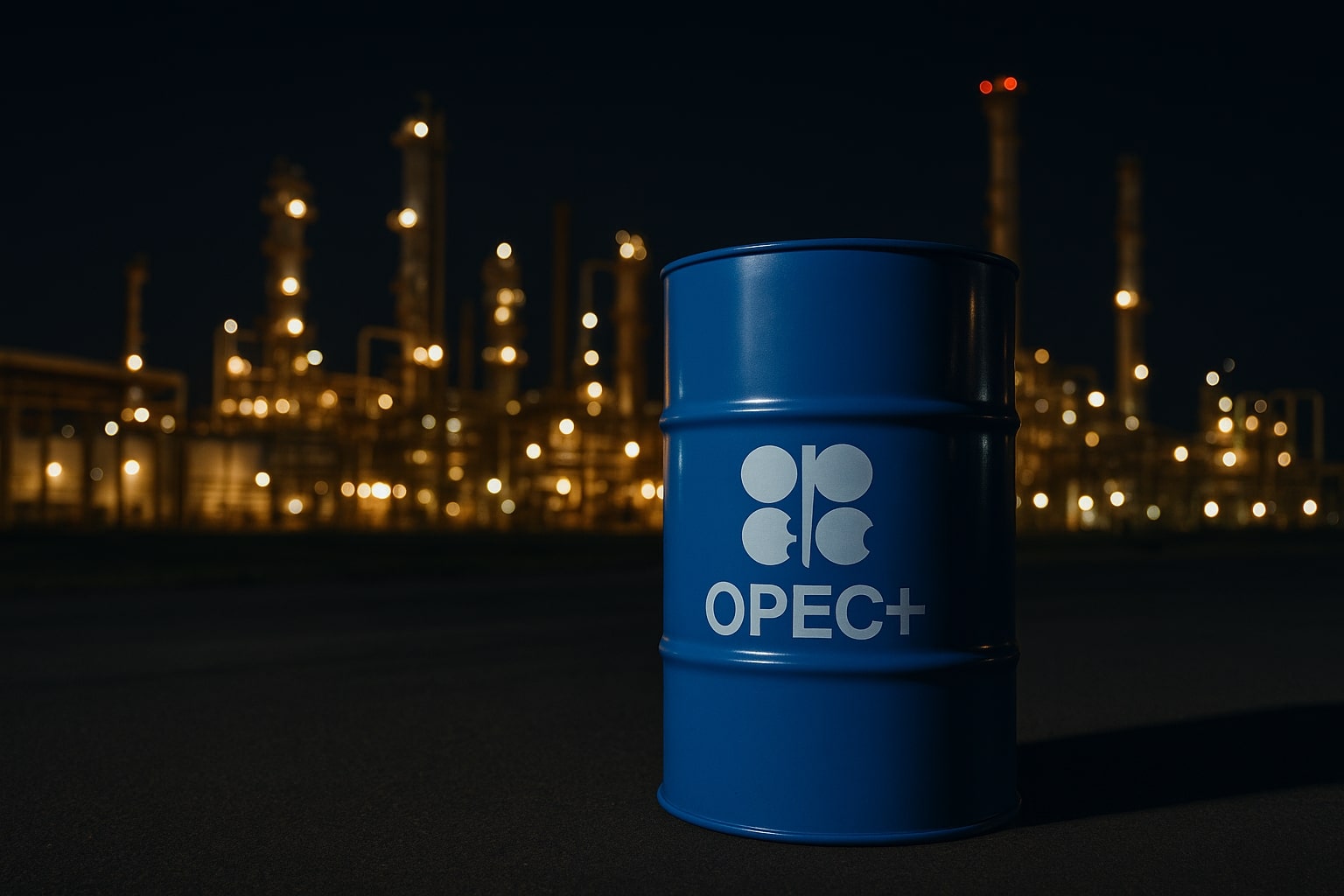
Oil Prices Explode 6% After U.S. Sanctions on Russia’s Rosneft and Lukoil Shake Global Supply
WTI (CL=F) rose to $61.50 and Brent (BZ=F) hit $65.94 as sweeping U.S. and EU sanctions disrupted Russian exports, forcing India and China to cut purchases while OPEC+ weighed offsetting production | That's TradingNEWS
WTI (CL=F) and Brent (BZ=F) Rally as Sanctions on Russia Shake the Energy Market
Oil markets entered a new phase of volatility this week after Washington and Brussels jointly imposed sweeping sanctions on Russia’s two largest crude exporters, Rosneft and Lukoil, sending WTI crude (CL=F) soaring toward $61.50 and Brent (BZ=F) to $65.94 per barrel. This 6% weekly surge represents the sharpest rally since June and was sparked by escalating geopolitical risks following the U.S. strike on Iranian nuclear facilities and the new energy restrictions targeting Moscow’s war financing. The sanctions cut off key Russian producers from international financial systems, threatening to remove up to 2 million barrels per day (bpd) of crude from global supply. The ripple effects were immediate: Indian refiners, including Reliance Industries, halted purchases of Russian oil, while Chinese state oil majors temporarily suspended spot buying to avoid exposure to Western banking penalties.
Geopolitical Escalation and Market Fear Premium
The geopolitical premium driving this oil spike is rooted in the widening Middle East conflict and the reemergence of energy as a battlefield in the Russia-Ukraine war. The U.S. destruction of Iranian nuclear sites raised fears that Tehran could retaliate by targeting tankers or obstructing the Strait of Hormuz, a route handling nearly 20% of global oil trade. Meanwhile, drone strikes across Ukraine damaged roughly 20% of Russia’s refining capacity, disrupting fuel output and amplifying global supply constraints. With Brent hovering near $80 earlier this week — its highest in months — markets are pricing not only lost Russian barrels but also the risk of retaliatory disruptions from Iran or proxy groups in the Persian Gulf.
Global Trade Adjustments and OPEC+ Balancing
In the wake of these sanctions, OPEC+ finds itself in a complex balancing act. Kuwait’s oil minister signaled the group’s readiness to offset potential shortages by rolling back prior output cuts, but internal divisions remain. Saudi Arabia and the UAE prefer to preserve higher prices near the $70–$80 range to fund fiscal priorities, while Russia, now under heavier restrictions, faces constrained export capacity regardless of quotas. The OPEC basket rose 6.14% to $67.25, signaling firm price support even as global demand growth lags. UBS analysts noted that oversupply fears stemming from OPEC+’s gradual production increases may cap gains beyond the $70 threshold, but the tightening sanctions regime could delay that equilibrium for several months.
U.S. Energy Landscape: Refiners and Cracks Surge
In the United States, refining margins surged as diesel crack spreads climbed to their highest levels since February 2024, up over 5% on the day sanctions were announced. Refiners such as Valero Energy (NYSE:VLO) and Marathon Petroleum (NYSE:MPC) saw intraday gains as distillate demand strengthened. The Energy Information Administration (EIA) reported declines across all major inventory categories, with crude, gasoline, and distillate stocks falling simultaneously — a rare bullish alignment. Total U.S. production remains stable near 13.2 million bpd, yet rising exports to Europe and Asia could tighten domestic balances heading into winter.
Europe Faces Energy Crunch as Russian Flows Fade
Europe’s exposure remains acute. The EU’s 19th sanctions package not only expanded restrictions on Russian crude but also banned imports of Russian LNG and added Chinese refiners with 600,000 bpd of processing capacity to its blacklist. With Russian barrels disappearing and Middle Eastern supply constrained by conflict risk, European refiners are paying elevated premiums for Atlantic Basin grades such as Mars US ($70.71) and Bonny Light ($78.62). Germany’s Uniper reported another decline in quarterly profits due to lost Russian gas revenue, underscoring how the energy weaponization continues to punish European balance sheets.
India and China Redraw Their Energy Maps
India’s decision to scale back Russian imports marks a seismic shift. After emerging as Moscow’s largest buyer post-2022, Indian refiners are now seeking replacement supply from the Middle East, the U.S., and West Africa. Reliance Industries, which previously bought up to 800,000 bpd of Russian crude, is expected to cut volumes by more than half. For China, the situation is more tactical: state giants Sinopec and PetroChina paused spot deals but continue lifting volumes under long-term contracts. Beijing’s cautious stance reflects its desire to avoid secondary sanctions while maintaining steady energy flows to sustain industrial output amid slowing growth.
Energy War and Economic Ramifications in Russia and Ukraine
The sanctions strike at the financial heart of the Kremlin. Oil and gas revenues account for roughly one-third of Russia’s federal budget, financing both military operations and domestic subsidies. With key firms like Rosneft and Lukoil cut off from dollar clearing, Russia faces rising transaction costs and shrinking access to insurance and logistics. Early indicators show Russian military spending could decline for the first time in 2026, a sign of tightening fiscal space. Ukraine, however, faces its own crisis: Russian missile and drone attacks have destroyed 60% of its gas production capacity and crippled compressor infrastructure, forcing Kyiv to seek $2 billion in emergency imports to survive the winter.
Read More
-
PFFA ETF Nears $21.50 as Rate Cuts and 9.49% Yield Spark Renewed Demand
29.11.2025 · TradingNEWS ArchiveStocks
-
XRPI and XRPR ETFs Ignite Ripple’s Institutional Rally as Inflows Near $1B and XRP Holds $2.20
29.11.2025 · TradingNEWS ArchiveCrypto
-
Natural Gas Price Forecast - NG=F Blasts to $4.85 as Demand Surge Fuel Multi-Month Breakout
29.11.2025 · TradingNEWS ArchiveCommodities
-
USD/JPY Price Forecast - Yen to Dollar Slides to 156.10 as Yen Strengthens on Fed Cut Expectations
29.11.2025 · TradingNEWS ArchiveForex
Market Sentiment and Speculative Positioning
Oil futures markets turned sharply bullish after the sanctions, with net long positions in Brent and WTI rising by nearly 12% week-over-week, according to ICE and CFTC data. Traders are betting on a sustained supply squeeze through early 2026, though skepticism persists. Analysts from Rystad Energy caution that prior sanctions have rarely curtailed Russian output meaningfully, as Moscow rerouted crude via “shadow fleets” and intermediaries. Still, with insurance restrictions tightening and Indian and Chinese compliance rising, the current sanctions may prove harder to bypass. Speculative money flow into energy ETFs and commodity funds further supports the rebound, with WTI options pricing implying a $65–$70 near-term range.
U.S. Domestic Impact: Inflation and Policy Trade-Offs
For U.S. consumers, the implications are direct. Gasoline prices are expected to rise $0.15–$0.25 per gallon within weeks if current crude gains persist. This complicates President Trump’s political messaging ahead of the election year, given his repeated pledge to maintain “cheap energy for American families.” The U.S. dollar’s strength has offset some import inflation, but higher oil benchmarks threaten to reignite CPI pressures just as the Federal Reserve signals potential rate cuts. The administration faces a delicate balance between punishing Moscow and shielding American households from price shocks — a dilemma that could define the next phase of energy policy.
Corporate Winners: Refiners and Tanker Operators
Refining majors like Valero, Phillips 66 (NYSE:PSX), and ExxonMobil (NYSE:XOM) benefit from stronger crack spreads, while shipping firms such as Frontline (NYSE:FRO) and Euronav (NYSE:EURN) gain from surging tanker rates. The cost of chartering a very large crude carrier (VLCC) jumped to its highest since 2020, driven by longer voyage distances as trade flows reroute around sanctioned routes. The supertanker boom mirrors 2022 patterns, when buyers scrambled to replace lost Russian supply — this time amplified by stricter Western enforcement.
OPEC+ Outlook and Price Forecast
OPEC+ will likely reassess its production roadmap at the December meeting. Saudi Arabia’s strategic cushion of 3 million bpd in spare capacity remains the market’s primary stabilizer, but Riyadh is unlikely to intervene aggressively unless Brent exceeds $85. UBS maintains its medium-term Brent target between $60 and $70, while short-term momentum suggests a test of $75–$80 if sanctions bite harder than anticipated. The WTI-Brent spread has narrowed to just $4.40, the tightest in months, reflecting synchronized tightening across Atlantic Basin grades.
Macro Outlook and Investment Stance
The oil market has transitioned from oversupply anxiety to geopolitical scarcity within days. Demand fundamentals remain moderate, but the structural supply risks now outweigh weak consumption trends. The next catalysts include OPEC’s output guidance, India’s refinery reconfiguration, and further U.S. or European enforcement actions. With volatility metrics rising and inventories falling, WTI (CL=F) holds a bullish technical setup toward $67, while Brent (BZ=F) could retest $72–$75 before year-end. Until diplomatic clarity returns, the path of least resistance remains higher. Current stance: BUY, with tactical targets at $67 for WTI and $75 for Brent, supported by tightening supply, energy-driven inflation pressure, and a persistent geopolitical premium.














